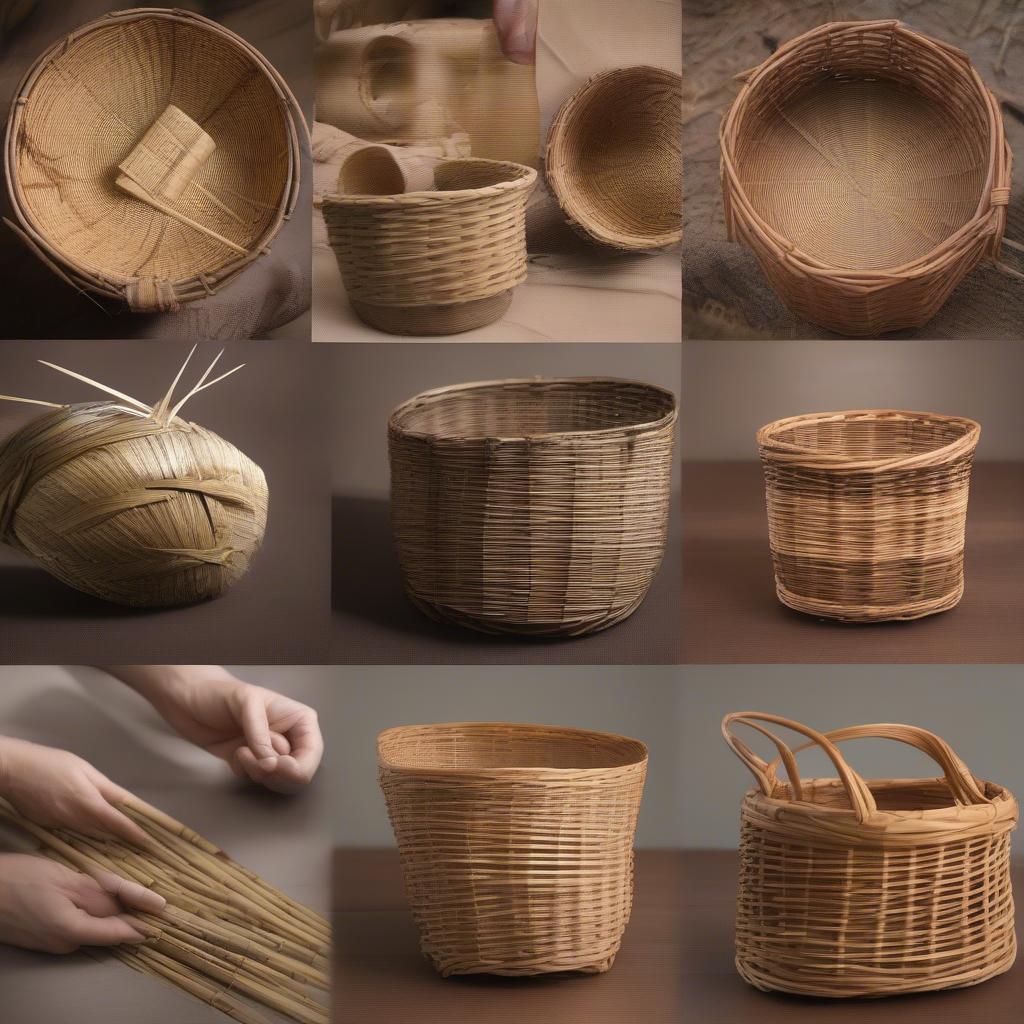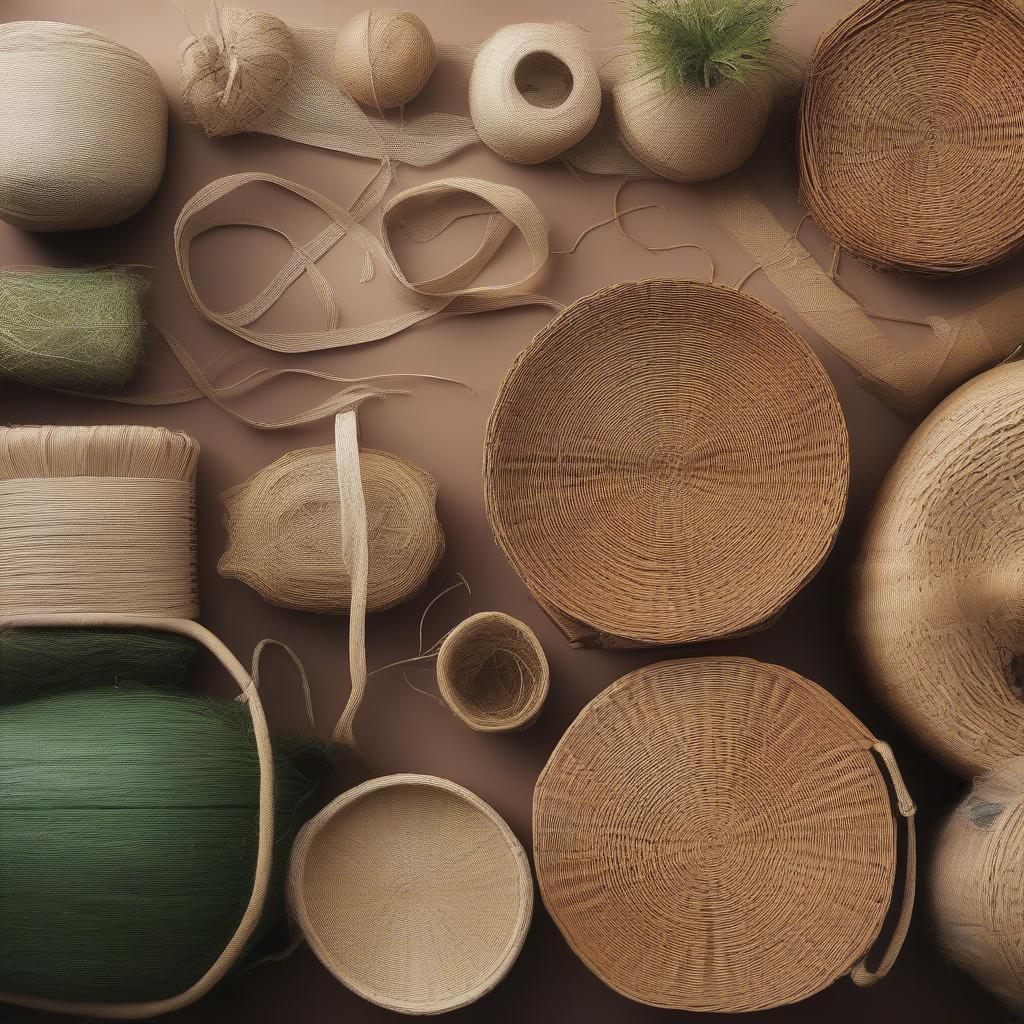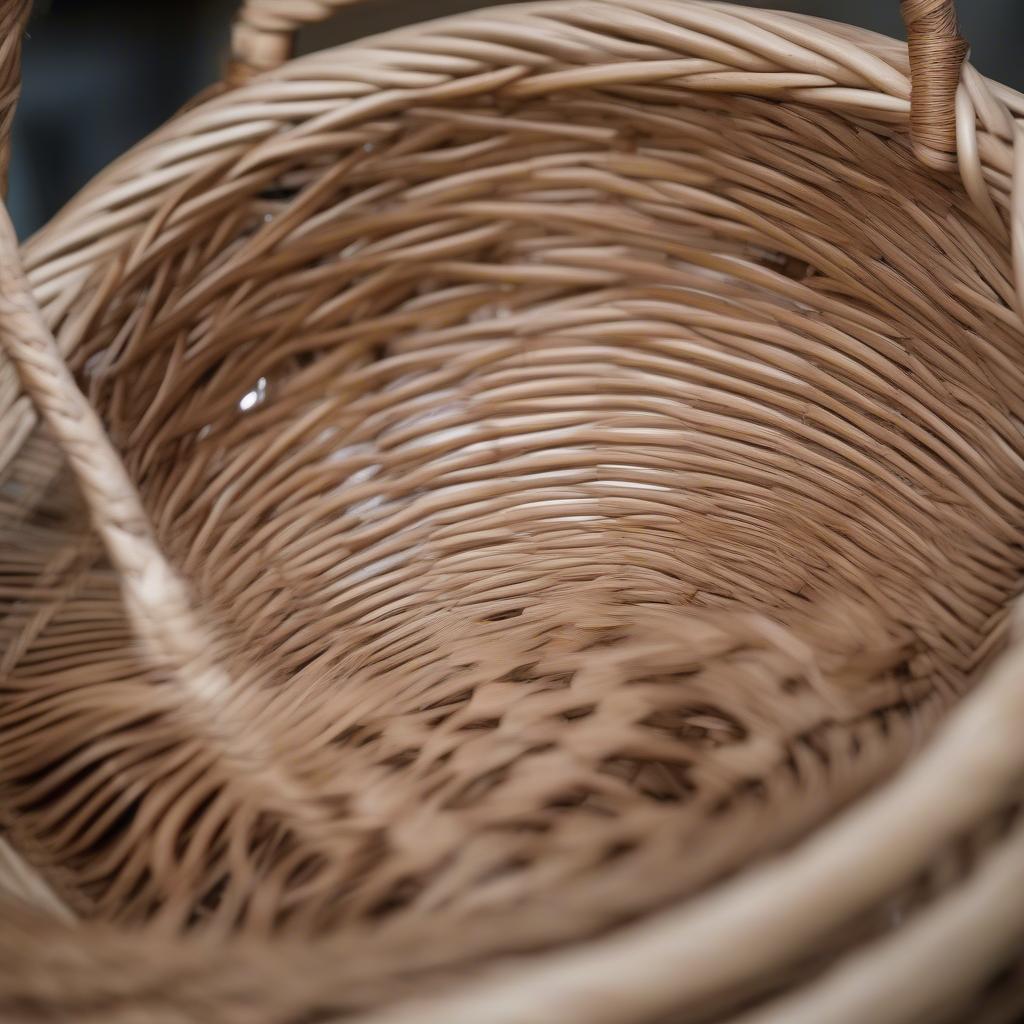Basket Weaving
Plants Used for Basket Weaving: A Comprehensive Guide
Basket weaving is an ancient craft that utilizes various plant materials to create functional and decorative items. From sturdy reeds to flexible grasses, understanding the properties of different Plants Used For Basket Weaving allows artisans to select the perfect material for their projects. plants used for basket weaving in the jungle offer a wide variety of choices for skilled weavers.
Exploring the Diverse World of Basket Weaving Plants
Basket weaving relies on the unique characteristics of various plant fibers. Some plants offer strength and rigidity, ideal for creating structural elements, while others provide flexibility and pliability, perfect for intricate weaving patterns. Let’s explore some of the most popular plants used in basketry:
-
Willow: Known for its flexibility and strength, willow is a classic choice for basket weaving. Its long, slender branches are easily manipulated into various shapes. Different varieties of willow offer unique colors and textures, adding to the artistic possibilities.
-
Reed: Reed, specifically common reed (Phragmites australis), provides a sturdy and durable material for basketry. Its rigid structure makes it excellent for creating the base and framework of larger baskets.
-
Bamboo: Bamboo’s strength and rapid growth make it a sustainable and versatile option for basket weaving. Its hollow stems can be split and woven into intricate patterns, creating visually stunning pieces.
-
Rattan: Rattan, a climbing palm native to tropical regions, is highly prized for its strength, flexibility, and durability. It’s often used for creating furniture and large baskets.
-
Seagrass: Seagrass, a marine plant found in coastal areas, offers a unique texture and durability, making it ideal for weaving sturdy baskets and mats. It’s known for its resistance to saltwater and its natural beauty.
 Willow, Reed, and Bamboo in Basket Weaving
Willow, Reed, and Bamboo in Basket Weaving
Key Considerations When Choosing Plants for Basket Weaving
Selecting the right plant material is crucial for a successful basket weaving project. Here are some key factors to consider:
-
Strength and Durability: The intended use of the basket will determine the required strength and durability of the plant material. For example, a market basket will require a more robust material than a decorative wall hanging.
-
Flexibility and Pliability: The ease with which a plant material can be bent and shaped is another important consideration. Some projects require flexible materials for intricate weaving, while others may benefit from stiffer materials for structural support.
-
Availability and Sustainability: Consider the availability and sustainability of the plant material. Opting for locally sourced and sustainable options minimizes environmental impact and supports local communities. where to buy plants used in basket weaving can be a helpful resource for finding sustainable materials.
-
Aesthetics: The color, texture, and overall appearance of the plant material contribute to the final aesthetic of the basket. Choose materials that complement your design vision and create the desired visual effect.
 Sustainable Basket Weaving Materials
Sustainable Basket Weaving Materials
What are the Best Plants for Beginners in Basket Weaving?
For beginners, starting with readily available and easy-to-work-with materials is recommended. types of plants used in basket weaving can offer a good starting point for exploration. Willow and reed are excellent choices for beginners due to their flexibility and forgiving nature. These materials allow beginners to practice basic weaving techniques and develop their skills without getting frustrated with overly challenging materials.
“Starting with willow allows beginners to quickly grasp fundamental weaving techniques,” says renowned basket weaver, Anya Petrova. “Its flexibility and forgiving nature make it an ideal material for learning the ropes.”
Beyond the Basics: Advanced Techniques and Materials
As weavers gain experience, they can explore a wider range of plant materials and techniques. syracuse basket weaving offers advanced courses for experienced weavers. Using materials like rattan and bamboo requires more specialized knowledge and tools but opens up new creative possibilities. Working with these materials allows weavers to create intricate and durable pieces that showcase their advanced skills.
“Mastering the use of rattan allows weavers to create truly stunning and durable pieces,” adds Ms. Petrova. “Its strength and flexibility offer endless possibilities for intricate designs.”
 Advanced Basket Weaving Techniques
Advanced Basket Weaving Techniques
Conclusion
From the readily available willow to the durable rattan, plants used for basket weaving provide a rich tapestry of options for artisans. Understanding the properties of each material allows weavers to choose the best plant for their project, whether it’s a simple beginner’s project or a complex masterpiece. basket weaver breast collar might be a surprising use of the term, but it highlights the versatility of the craft. By exploring the diverse world of basket weaving plants, you can embark on a creative journey filled with endless possibilities.
Hanoi, Vietnam or Tech Avenue, Suite 12, San Francisco, CA 94105, USA. We have a 24/7 customer support team.
